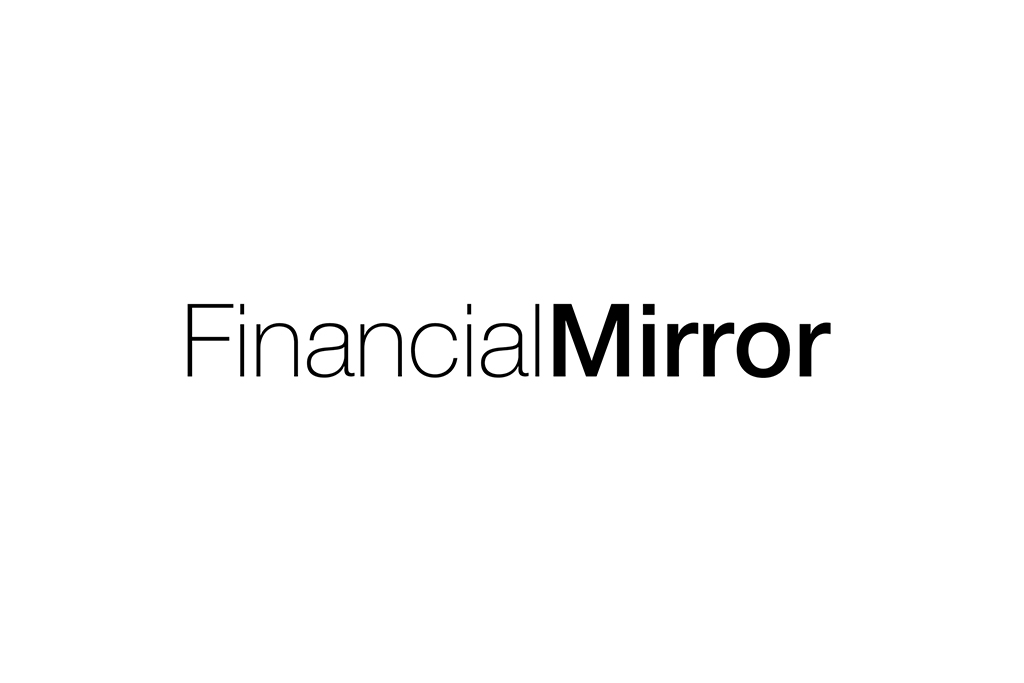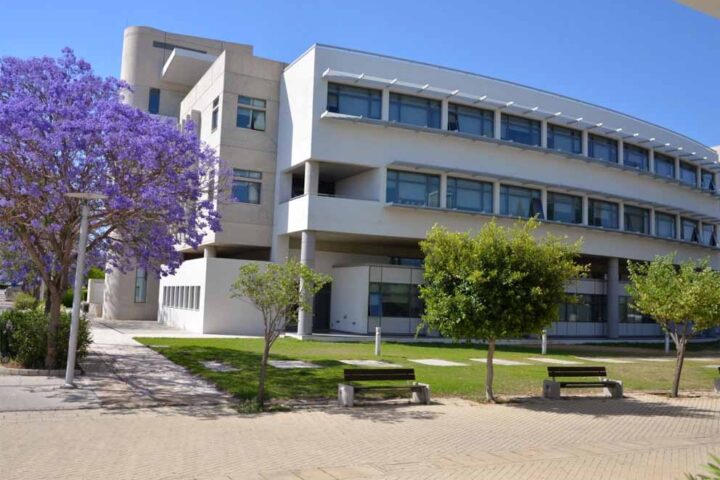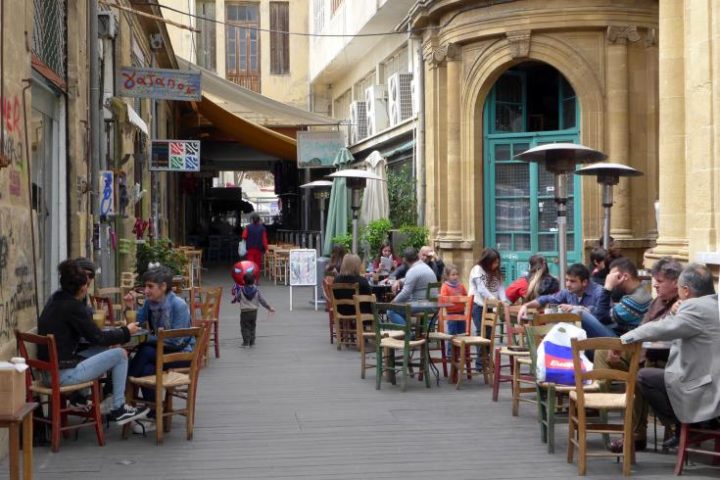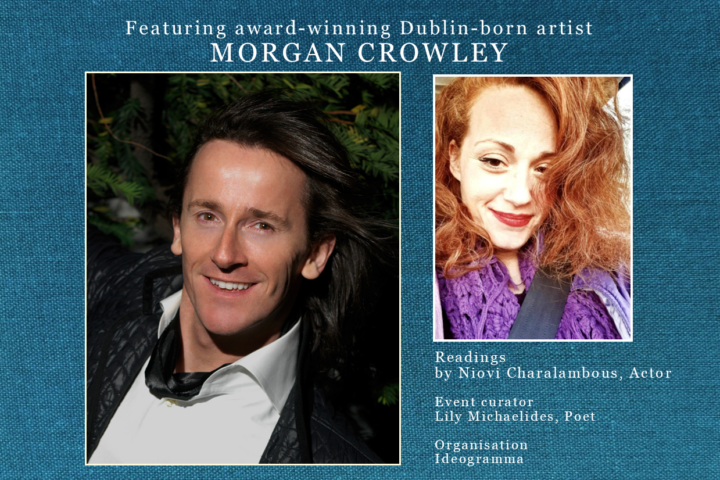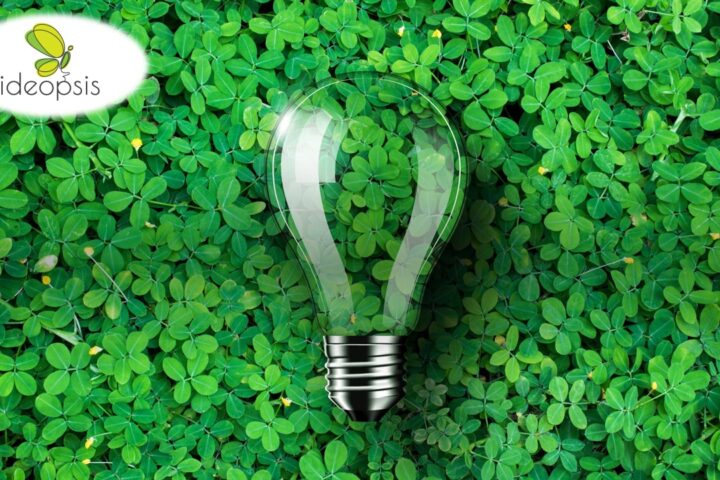.jpg) – LGBT market seen rising 10 pct to $181 bln in 2013
– LGBT market seen rising 10 pct to $181 bln in 2013
– Market less affected by global crisis
– Vienna promotes music, culture and food
Vienna has joined a growing list of European cities seeking to attract lesbian and gay tourists who are expected to remain willing to spend on travel while other recession-hit travellers cut back.
City authorities in Vienna this month released a review of the Austrian capital's gay and lesbian tourism strategy, deciding to focus on travellers interested in music, culture and history — and with money to spend.
The review followed a study among gay and lesbian travellers from outside of Vienna that found their average household's monthly net income was 385 euros ($500) higher than that of other tourists to Vienna.
Clemens Koeltringer, marketing analyst from the Vienna Tourists Board, said this target group was "high profile, luxury customers who go to the opera and enjoy very good food".
"Vienna is not a Mykonos, it must not be," Koeltringer told Reuters, referring to the Greek party destination. "This is the main reason we are differentiating ourselves."
Vienna is not alone in identifying the potential of the gay and lesbian market.
Lesbian, gay, bisexual and transgender (LGBT) leisure travel is forecast to rise almost 10 percent to $181 billion in 2013, according to an LGBT Travel Report 2013 by marketing specialist Out Now Global.
Germany, Bulgaria and Greece were among other destinations promoting gay friendly credentials at the world's leading travel trade show, the ITB Travel Fair, in Berlin earlier this month.
For example VisitBerlin, in joint partnership with participating hotels, launched the Pink Pillow Berlin Collection, a hotel network designed for lesbian, gay, bisexual and transgender (LGBT) guests.
Stefan Dimitrov, a PR consultant from Bulgaria, said he noticed a sharp increase in visitors to the gay section of the Sunny Beach resort on the Black Sea and set up a blog then a website offering travel tips and tour packages.
"It's still my hobby at the moment," he told Reuters. "I don't know if it will work out but the interest here at ITB has been so huge I've had to get all the flyers and advertising reprinted."
GROWING SECTOR
Miguel Gallego, a spokesman from the European Travel Commission (ETC), said Madrid, Barcelona, San Sebastian and Sitges in Spain already had strategies to attract more LGBT visitors, recognising it as an important, lucrative sector.
Briand Bedford-Eichler, managing editor of the Spartacus guide for gay-friendly accommodation, said acceptance of the gay sector had increased — as well as awareness that gay travellers tend to holiday three to five times a year, and for more than just short breaks.
"More people want to offer products, because they realise it's quite a lucrative market," he told Reuters.
"Gay people are still travelling and still spending. It's a niche that hasn't been too affected by the crisis."
An official guide to Vienna for gay and lesbian visitors states the city is more gay-oriented than people might imagine.
Vienna has allowed civil partnerships since January 2010, meaning gay couples can choose settings such as the former imperial residence Schoenbrunn palace to tie the knot in a civil ceremony then stay on for their honeymoon.
The city suggests walking tours to take in the Belvedere Palace, built by Prince Eugene of Savoy, a Habsburg general who historians widely agreed was gay, and the Vienna State Opera house, designed by two gay architects, one of whom committed suicide in 1868 after the building was criticised.
"The most impotant thing to leverage is the imperial heritage. Vienna is known and is world famous for music and culture, and the gay and lesbian segments are not different in (enjoying) that," said Koeltringer.
Travel Postcard: 48 hours in Vienna for gay travellers
Vienna's opulent Habsburg-era coffee houses, architecture, palaces, operas, and other cultural institutions give the city an air of imperial grandeur.
Yet the Austrian capital with 1.7 million residents is not stuck in the past, regularly topping quality of life lists and hosting numerous large-scale gay events such as the Life Ball, Rainbow Parade, Rainbow Ball, and Identities Queer Film Festival.
This month Vienna reviewed its gay and lesbian tourism strategy and is now promoting its music, culture and imperial history to LGBT travellers with money to spend.
Reuters correspondents with local knowledge help visitors get the most out of a short stay in Vienna, once home to the likes of Sigmund Freud, Austrian author Arthur Schnitzler and Empress Elisabeth, known as Sisi to her family and friends. Friday
4:30 p.m. – Start with a visit to Schloss Belvedere, the former residence of Prince Eugene of Savoy (1663-1736),that houses the world's largest Gustav Klimt collection. The baroque palace is a showcase of the prince's power in Habsburg Austria, after he repelled the Turks who were laying siege to Vienna.
Rumoured to be gay, his sister-in-law is reported to have said: "He doesn't trouble himself with ladies, a nice couple of page boys would be more his thing." The palace is home to Klimt's most famous painting, "The Kiss".
6:30 p.m. – Time for some food and philosophy at a Viennese coffee house. Legend has it that when the Turkish army was repelled in 1683, they left sacks of coffee beans behind, thus sparking the coffee houses for which Vienna is famous. For an expensive coffee try Cafe Central, whose patrons included Freud, Adolf Hitler, Vladimir Lenin, and Leon Trotsky in 1913 alone. (http://www.palaisevents.at/cafecentral.html)
7:30 p.m – Attend a concert in the golden hall of the Wiener Musikverein but be sure to buy tickets in advance as the philharmonic orchestra tends to be booked months out.
10:00 p.m. – Wind through the narrow medieval streets of the first district to find the wine bar Santo Spirito. Frequented by local performers and a gay favourite, the bar plays classical music with baroque and camp flair. (http://www.santospirito.at/)
Saturday
9 a.m. – Grab a snack and coffee in one of dozens of cafes in the Naschmarkt, an open-air market stretching between the Karlsplatz and Kettenbrueckengasse U-bahn stations. An established gay haunt, Cafe Savoy near the end of the Naschmarkt has chandeliers, statues and wood paneling, enlarged by one of largest single-piece mirrors in Europe. (http://www.savoy.at/)
10:30 a.m.- Take the U-bahn to the south-west of the city to the 1,441-room rococo Schoenbrunn, the Habsburg imperial palace and summer residence of Viennese icon Empress Elisabeth. Known as one of the most beautiful queens in Europe, she maintained a 19 inch waist through strict diet and a workout routine unique for the 19th century. (http://www.schoenbrunn.at/en.html)
12:30 p.m. – Head north to grab a book at the Loewenherz Bookstore, one of the largest gay bookstores in Europe with over 12,000 titles, and have lunch at neighbouring Cafe Berg.
Loewenherz is named after Richard the Lionheart. As the story goes, Vienna's original city wall was built from ransom money gained from the release of Richard the Lionheart in the 11th century. The ransom was only made possible because his male lover Blondel heard his love song coming from Castle Duernstein.
2:00 p.m. – Meander along the Ringstrasse, the imperial circular boulevard which replaced the city walls and is lined with a wealth of beautiful buildings. Enter the Albertina Museum in the Hofburg Palace, which boasts the largest and most valuable graphic collections in the world. The 18th century founder, Archduchess Marie Christine, is reputed to have been in a lesbian relationship with her sister-in-law, Isabella, the first wife of Emperor Joseph II. (http://www.albertina.at/en
4:00 p.m. – Continue to the gothic Stephansdom Cathedral in the centre square and climb the tower for an excellent view of the Austrian capital before heading down Kartnerstrasse, making a short detour to Kaiserbruendl sauna, Vienna's best known gay sauna harking back to days of Habsburg grandeur. The sauna was frequented by one of Emperor Franz Joseph's brothers who had a special entrance made for incognito access.
6:00 p.m. – Any visit to Vienna involves having a Wiener Schnitzel, a cutlet of breaded veal or pork, served with potato salad. Gaesthaus Ubl in the Wieden district with simple wood tables, white walls, and a traditional menu is a local favourite.
8:00 p.m. – Dress to impress and enjoy the grandeur of the Vienna State Opera House. Two gay architects, Eduard van der Nuell and August Sicard von Sicardsburg, designed the building, but Van der Nuell committed suicide in 1868 before its completion after criticism of the building. (http://www.wiener-staatsoper.at)
Sunday
9:00 a.m. – Start the morning with breakfast at any of the number of cafes in the trendy and artsy MuseumsQuartier (MQ). These former Habsburg stables have been transformed into a plaza of culture that features museums, galleries, restaurants and shops. (http://www.mqw.at/en/)
10:00 a.m. – A favourite in MQ is the Leopold Museum, which houses the largest collection of Expressionist artist Egon Schiele's works. It recently drew the crowds (including naturists in a special viewing) with the exhibit "Naked Men", a homage to male nudity. (http://www.leopoldmuseum.org/en)
11:00 a.m. – See the pomp and majesty of the Lipizzaner horses as they perform a classical dressage at the Spanish Riding School inside the Hofburg palace. The school has been practising the art for over 440 years. (http://www.srs.at/en/)
1:00 p.m. – A catholic country, most stores are closed on Sunday so do as the Viennese and head to Prater for an afternoon in the park. Grab a sausage from a food stand and head to Riesenrad, featured in the Orson Welles film "The Third Man".
3:00 p.m. – End your stay in Vienna at a traditional wine tavern, or Heuriger, in Grinzing or Doebling districts on the outer edges of the city. Vienna has 1,680 acres of vineyards located inside the city limits. Enjoy some hearty Austrian food like Schweinebraten (roast pork) and Kaiserschmarrn (strips of pancake served with fruit compote) and say "Prost!" with a glass of Gruener Veltliner, a popular local white wine.

